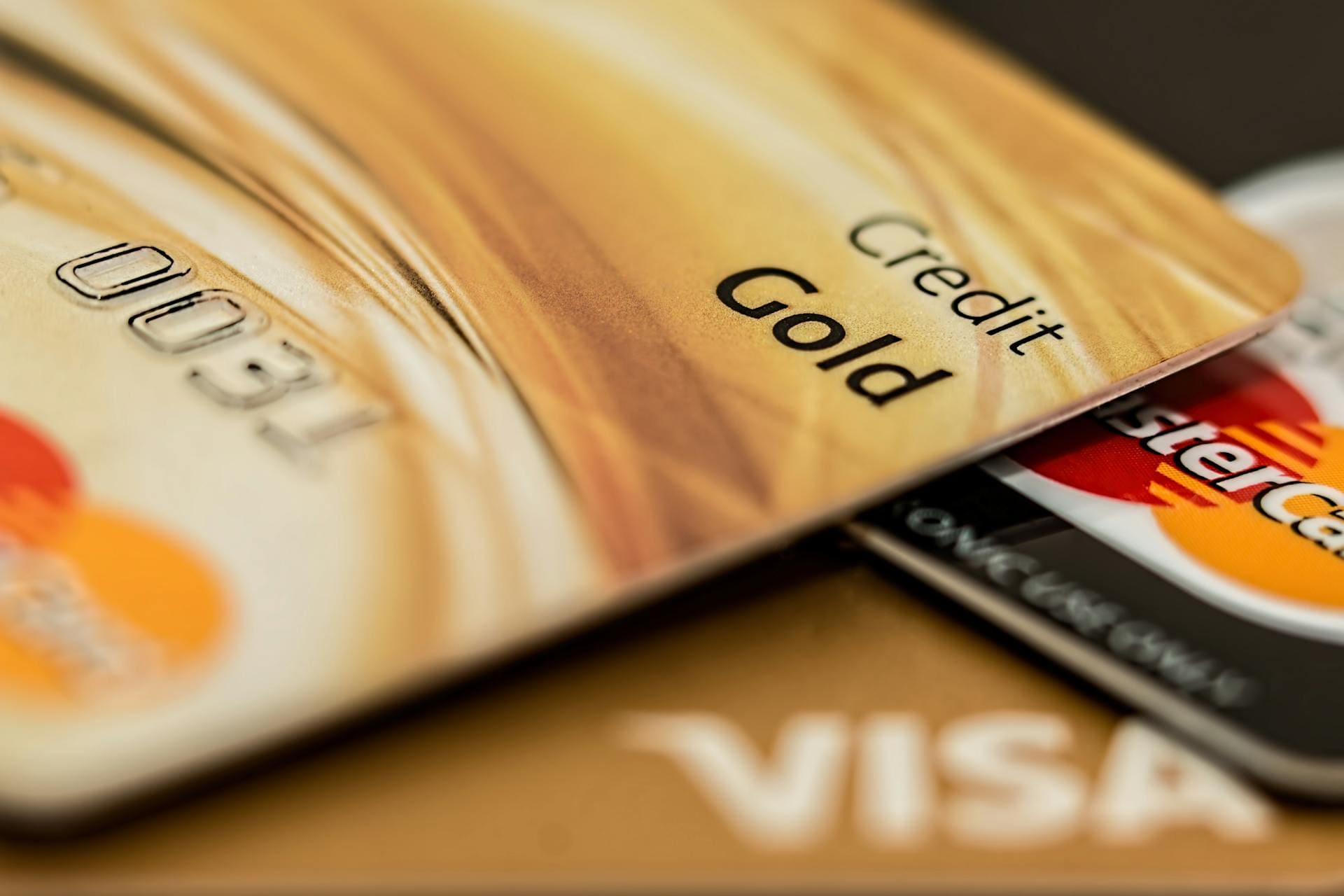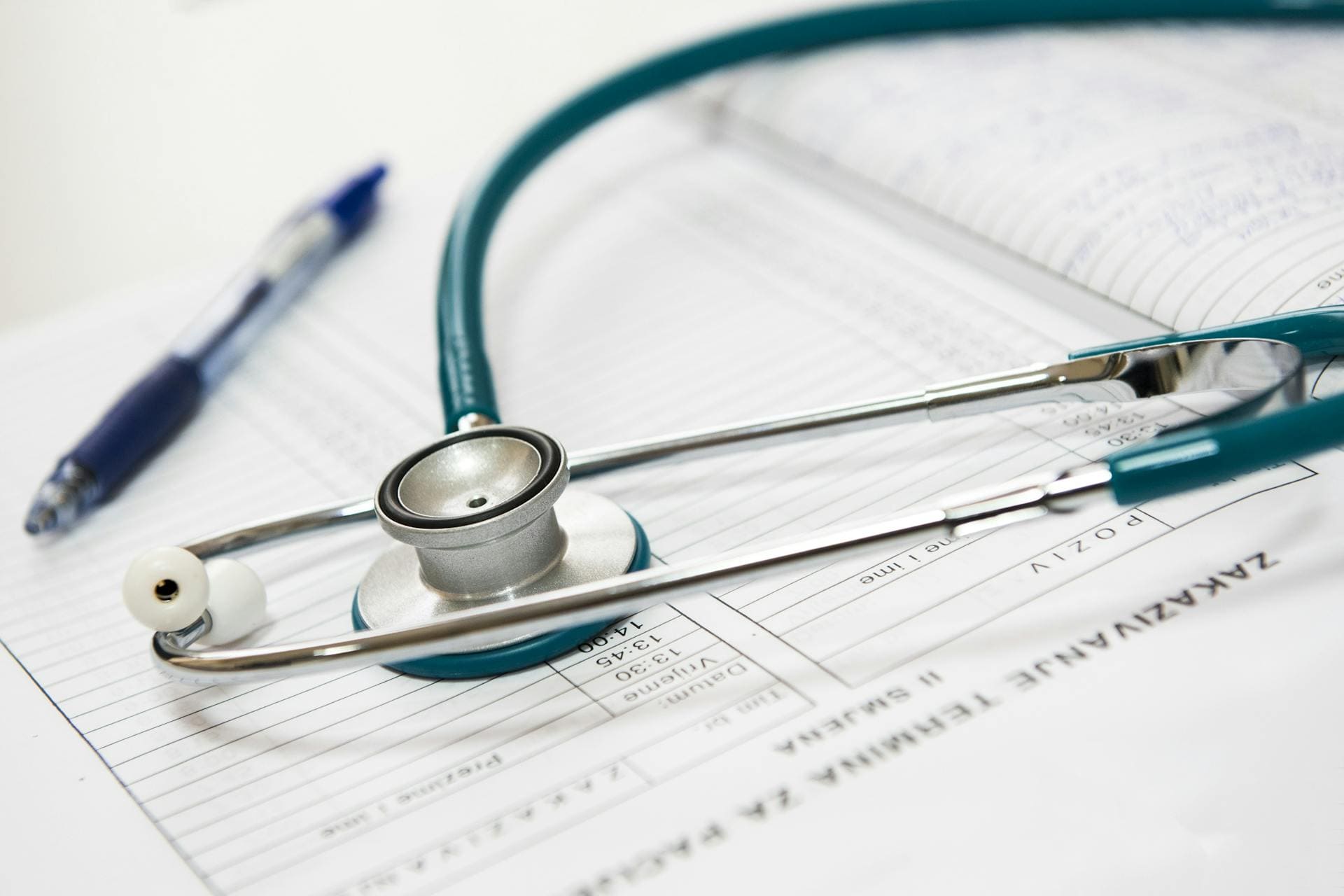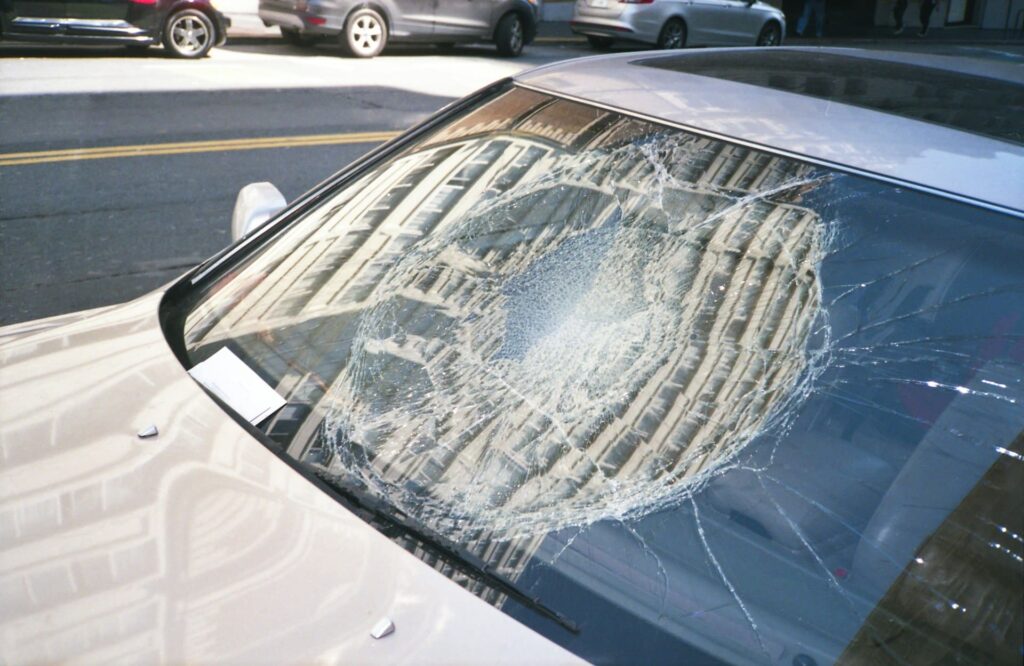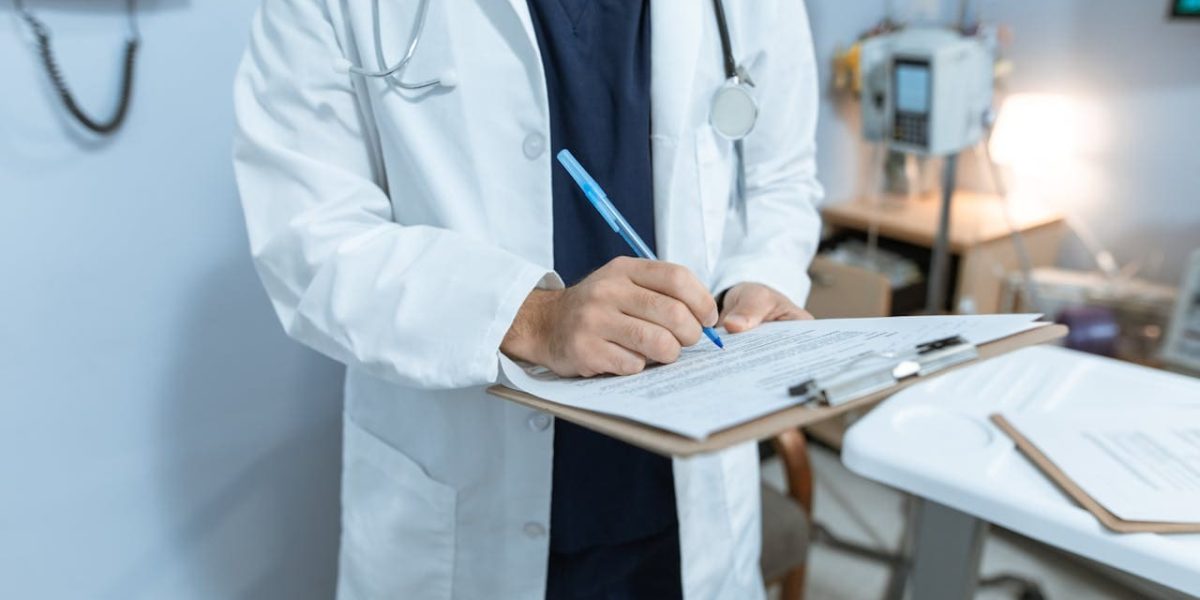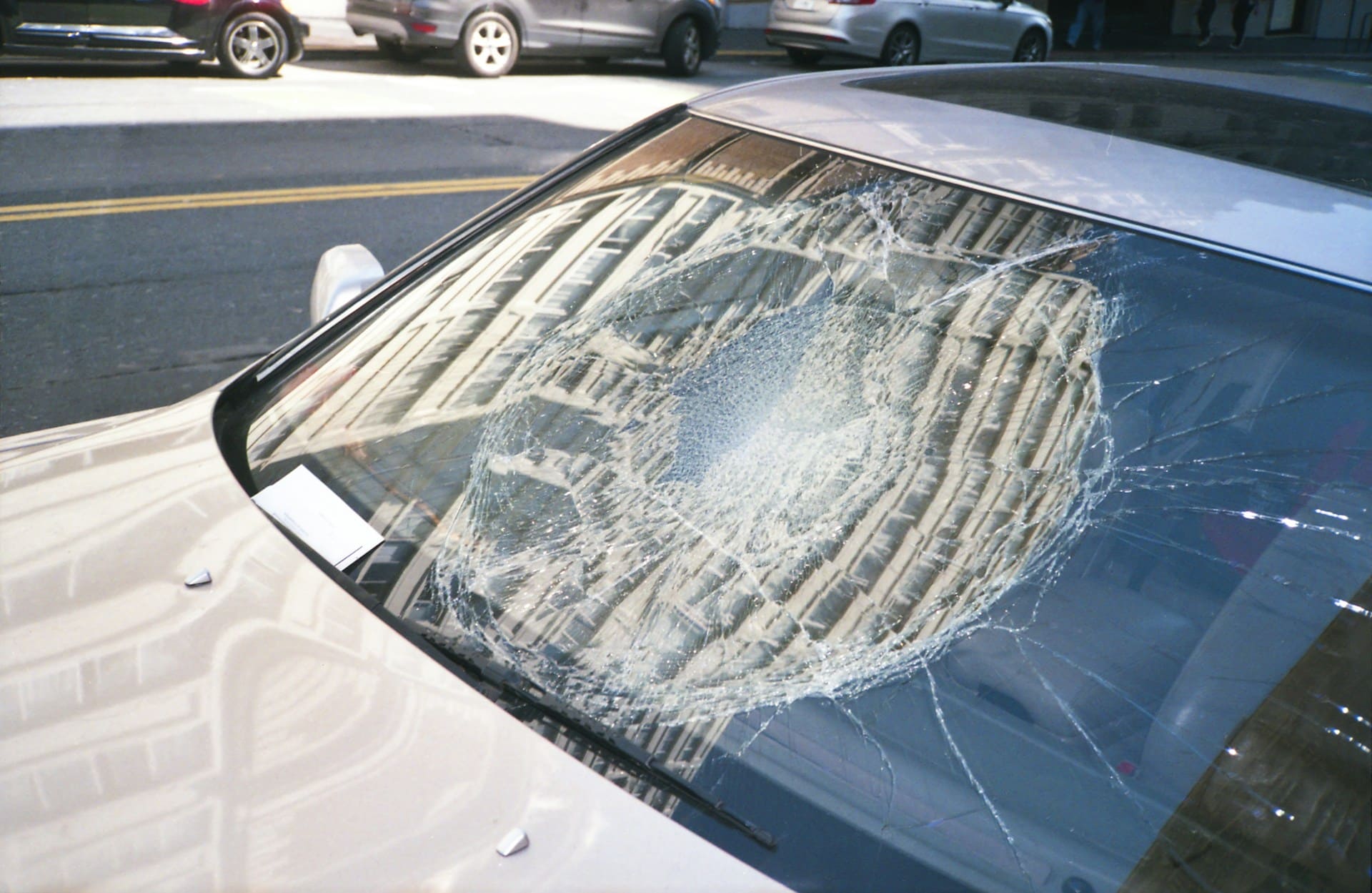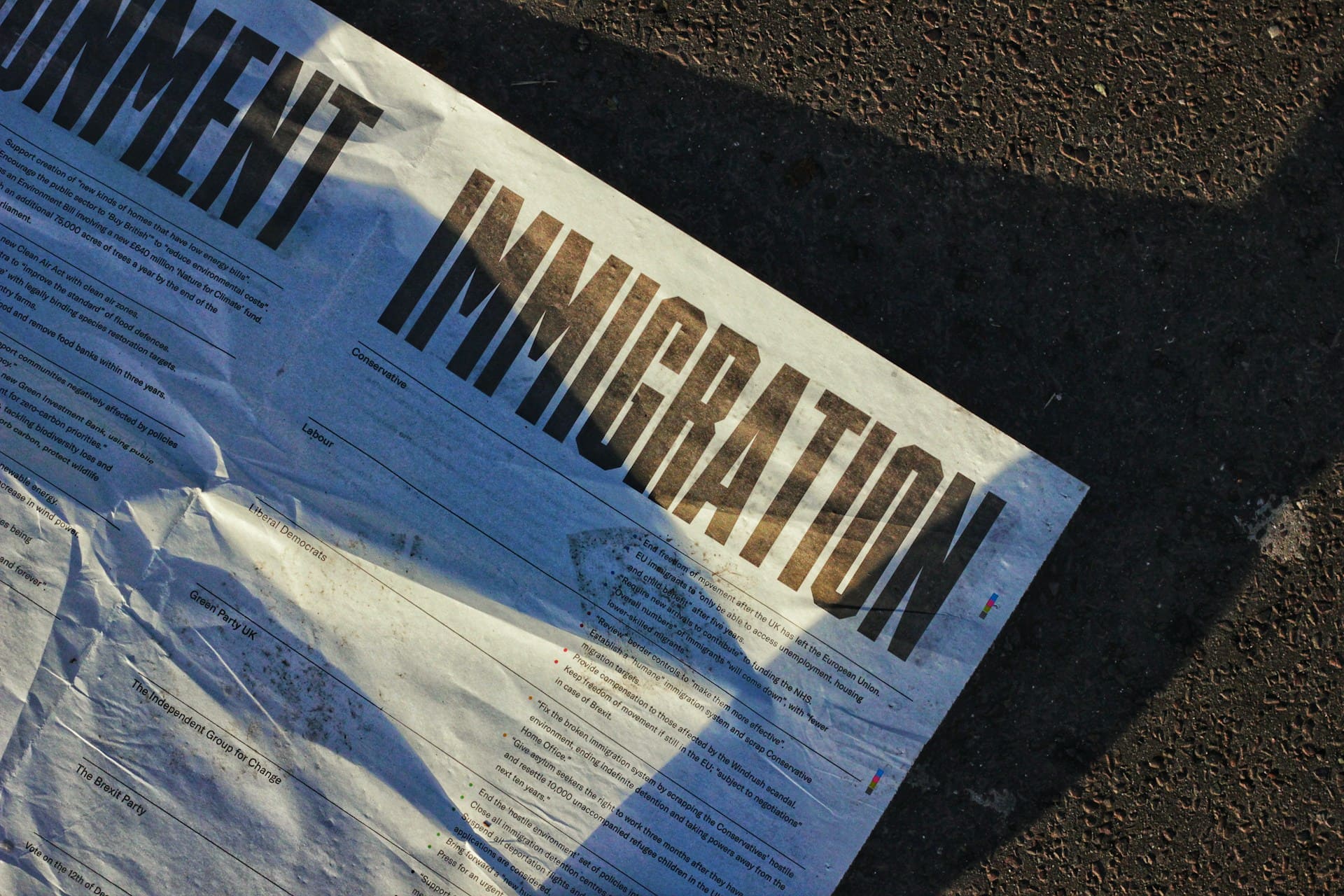Building a strong personal injury claim relies heavily on collecting essential evidence to support your case. At Legal Consulting Pro, we understand the critical role that evidence plays in securing favorable outcomes for our clients.
This blog delves into the essential evidence that individuals should collect to strengthen their personal injury claims. From medical records and accident reports to witness statements and photographic evidence, each piece of evidence contributes to the overall strength of the claim.
One vital tool in organizing medical evidence is the use of medical chronologies. These detailed timelines provide a clear overview of medical treatment, procedures, and outcomes, making it easier for legal professionals to assess the extent of injuries and their impact on the individual’s life.
By understanding the importance of gathering comprehensive evidence and utilizing tools like medical chronologies, individuals can enhance the credibility of their personal injury claims and increase their chances of obtaining fair compensation.
Join us as we explore the essential evidence collection process and provide insights into how individuals can effectively strengthen their personal injury claims with the support of Legal Consulting Pro’s expertise and medical chronologies services.
Collect Tangible Evidence First
They should prioritize collecting tangible evidence, such as photographs, videos, and medical records, more than anything else. This type of evidence is typically called “hard evidence” because it documents the facts surrounding the incident and its consequences.
Photos and videos provide a vivid picture of the accident and the extent of the damage it caused to all the parties involved. More importantly, they can help establish liability by providing irrefutable proof of what happened.
For instance, CCTV footage is particularly important in car accidents as it can help establish the sequence of events leading up to the crash. These videos contain important details like which driver had the right of way and whether any traffic laws were violated.
The same idea applies to slip-and-fall accidents. A picture of a wet floor inside a grocery store can demonstrate negligence on the property owner’s part.
Medical records, on the other hand, will establish the extent of the injuries victims have sustained in the accident and outline their doctor’s prognosis for recovery. These documents are especially important when calculating the amount of compensation they’re entitled to.
Catastrophic injuries, such as brain and spinal cord injuries, can have a lasting impact on a person’s life. These injuries could lead to extensive medical treatment and diminished quality of life. These consequences can be hard to justify without proper documentation.
Moreover, medical records can help link their injuries to the accident, providing concrete evidence of the damage it created.
Ultimately, while all types of evidence are valuable in any personal injury case, tangible evidence holds more weight in court. It provides a concrete representation of the facts and is harder to dispute than testimonials or eyewitness accounts, which are subjective.
Plaintiffs who prioritize collecting and preserving physical evidence will have a better chance of winning a personal injury claim.
Alan Ahdoot, Personal Injury Attorney, Adamson Ahdoot LLP
Document Every Injury Facet Immediately
From my background in workers’ compensation law, I’ve seen firsthand how critical it is to meticulously document every facet of a workplace injury right from the onset. Immediate documentation is not just about recording the injury itself, but securing comprehensive evidence that can reinforce a personal injury claim. For instance, in several cases I’ve handled, photographs of the injury site and the surroundings where the incident occurred provided undeniable context and evidence of negligence or unsafe conditions, directly impacting the case’s outcome.
Another cornerstone of evidence collection I’ve emphasized in my practice involves witness statements. Gathering testimonies from individuals who witnessed the accident can offer corroborative details that support the victim’s account, adding significant weight to the claim. For example, in a case where an employee was injured due to malfunctioning equipment, accounts from coworkers attesting to the equipment’s recurrent issues and the employer’s neglect in addressing them were instrumental in securing a favorable settlement for the client.
Lastly, preserving all communication related to the injury is essential. This includes emails or written reports to supervisors about the injury, requests for accommodations or medical leave, and any responses received. These pieces of communication serve as a timeline and proof of the injured party’s proactive steps in dealing with the injury, as well as the employer’s reaction to it. In one particular case, a trail of emails between the client and the employer demonstrated the employer’s disregard for workplace safety complaints, reinforcing the negligence claim. Collectively, these strategies have not only aided in winning cases but have also ensured that the clients receive the compensation they rightfully deserve, underscoring the value of a thorough and proactive approach to evidence collection.
Ethan Pease, Managing Attorney, Visionary Law Group LLP
Prioritize Accurate Medical Documentation
After a personal injury accident, prioritizing evidence collection is crucial to strengthen a potential personal injury claim. Specifically regarding Suboxone litigation, or any cases involving medical malpractice or product liability, there are several key priorities individuals should focus on.
Obtaining the correct diagnosis and treatment for their injuries is paramount. Seeking prompt medical attention from qualified healthcare professionals ensures that injuries are properly diagnosed and treated, which is critical for establishing the extent and severity of harm caused by the accident.
Collecting comprehensive medical records related to the accident and subsequent treatment is essential. These records should include all relevant information such as diagnoses, treatment plans, prescriptions (including Suboxone, if applicable), medical procedures, hospitalizations, and follow-up care. Detailed medical documentation strengthens the link between the accident and injuries, providing solid evidence to support the personal injury claim.
In cases involving Suboxone litigation, or potential medical malpractice/product liability claims, specific attention should be given to medical records related to Suboxone use. This includes prescriptions, dosage information, any side effects experienced, interactions with other medications, and any complications or adverse reactions that occurred as a result of Suboxone usage.
By prioritizing the collection of accurate diagnoses, treatment, and comprehensive medical records, individuals can significantly strengthen their potential personal injury claim, especially in cases involving Suboxone litigation or medical malpractice/product liability allegations. Seeking guidance from experienced legal professionals and medical experts familiar with Suboxone’s effects will also be beneficial in navigating the evidence collection process effectively.
David Mathews, Founder, Mathews & Associates
Gather Comprehensive Evidence Early
As an injury lawyer, I consistently advise clients and medical professionals on the importance of evidence collection following a personal injury accident. To strengthen a potential personal injury claim, individuals should prioritize gathering several key pieces of evidence. First, obtaining comprehensive medical records that document the extent and nature of injuries sustained in the accident is crucial.
Additionally, securing copies of accident reports filed with law enforcement agencies provides essential documentation of the incident. Collecting statements from witnesses who observed the accident can also corroborate the events leading to the injury. Furthermore, taking photographs or videos of the accident scene, injuries, and property damage can provide valuable visual evidence.
It’s also essential to keep records of medical bills, rehabilitation costs, lost wages, and other expenses related to the injury. Seeking opinions from medical experts or accident reconstruction specialists can further bolster the strength of the claim. Retaining any correspondence with insurance companies, healthcare providers, or other relevant parties is also important.
Maintaining a journal or log detailing the impact of the injury on daily activities, pain levels, and emotional distress can provide valuable insight. Additionally, obtaining surveillance footage from nearby cameras, if available, can offer additional evidence of the accident. Finally, seeking guidance from an experienced injury lawyer early in the process can help ensure that all relevant evidence is properly identified and preserved.
By prioritizing the collection of these key pieces of evidence, individuals can significantly enhance the strength of their potential personal injury claim and increase their chances of obtaining fair compensation for their injuries. At Garnett Patterson Injury Lawyers, we assist clients in gathering and presenting compelling evidence to support their claims and achieve the best possible outcomes.
Hunter Garnett, Personal Injury Lawyer and Managing Partner, Decatur Personal Injury Lawyers
Establish Negligence with Right Evidence
When you’re dealing with a personal injury case, gathering the right evidence is crucial to building a strong compensation claim. You need to establish that your injuries were a result of another party’s negligence. Here’s what you should prioritize:
- Photos: Take pictures of the accident scene, your injuries, and any property damage. These visual records can provide powerful evidence of what happened.
- Medical Records: Collect all medical documents related to your injuries, including hospital bills, doctor’s notes, and test results. This helps demonstrate the extent of your injuries and the treatment you’ve received.
- Written Communication: Keep any emails, texts, or letters exchanged between you and the party responsible for the accident. These communications may contain admissions of fault or promises of compensation.
- Notes or Journal Entries: Write down details about your injuries, symptoms, and how they affect your daily life. Include dates and descriptions to document your experience.
- Insurance Information: Gather details about your insurance coverage and any policies held by the other party involved in the accident.
- Police Report: If law enforcement was called to the scene, obtain a copy of the police report. It can provide valuable information about the circumstances of the accident and who may be at fault.
- Witness Statements: If there were witnesses to the accident, try to obtain their contact information and statements about what they saw. Their testimony can support your version of events.
- Expense List: Keep track of all expenses related to the accident, such as medical bills, prescriptions, lost wages from missed work, and any other financial losses.
- Physical Evidence: If applicable, preserve any physical evidence, such as a defective product or damaged property, that may have contributed to the accident.
Additionally, remember it’s essential to avoid speaking to insurance companies, especially the other party’s insurer, until you’ve consulted with an attorney. Also, if possible, confirm fault at the scene to prevent disputes later on. This could involve getting the other party to admit fault on camera or in writing. Taking these steps can help streamline the resolution process and avoid unnecessary delays or litigation down the road.
Andrew Biren, Managing Attorney, Biren Law Group
Capture Immediate After Effects
After a personal injury accident, it’s essential to prioritize gathering evidence that documents both the incident and its immediate aftereffects. Start by capturing photographs of the accident scene, any visible injuries, and property damage. If there are witnesses, collect their contact information—their accounts could be pivotal.
Seek medical attention promptly and ensure all injuries are recorded in medical reports, as these documents serve as objective evidence of your condition post-accident. Save all related expenses and reports, including medical bills, to establish a connection between the accident and your financial expenditures on recovery. This approach helps create a comprehensive evidence base to support your claim.
Andrew Pickett, Founder and Lead Trial Attorney, Andrew Pickett Law
Supplement Records with Expert Testimonies
Besides medical records, expert testimonies from medical professionals are very helpful in building a strong case.
Your medical records show your diagnosis and treatment, but an expert testimony from, say, a seasoned orthopedic surgeon, vividly describes to the jury the severity of your injury, its long-term effects, and the treatment you’ll need down the road.
These experts bring serious credibility to your case. Their specialized knowledge can clarify complex medical issues for judges and juries who might not be well-versed in medical terminology. Plus, their testimony can carry serious weight in negotiations with insurance companies. When an expert says, “This injury is going to have lasting effects,” it’s hard for anyone to brush it off.
Riley Beam, Managing Attorney, Douglas R. Beam, P.A.
Secure Eyewitness Statements Promptly
In my experience as an injury lawyer, I’ve found that prioritizing witness statements immediately after an accident can be a game-changer in strengthening a personal injury claim. While gathering evidence like photographs and medical records is essential, eyewitness testimony often holds significant weight in legal proceedings.
Witnesses provide valuable firsthand accounts of the accident, offering crucial details about the sequence of events, the actions of involved parties, and any contributing factors. Their statements can corroborate your version of events, validate your claims of negligence or liability, and provide additional context to support your case.
However, witnesses’ memories can fade over time, and obtaining their statements promptly is vital to preserving the accuracy and reliability of their recollections. Therefore, I always advise my clients to prioritize gathering witness statements as soon as possible after the accident, while the details are still fresh in everyone’s minds.
By focusing on securing witness statements early in the process, individuals can significantly bolster their personal injury claim and increase their chances of achieving a favorable outcome in their case.
Jonathan Rosenfeld, Owner and Attorney, Rosenfeld Injury Lawyers
Medical Records: Undisputed Evidence
While other forms of evidence can often be challenged or debated, medical records are hard to dispute. You can’t really argue with X-rays or doctors’ notes. They speak for themselves and carry a lot of weight in court, which is why gathering your medical records and treatment documentation is so necessary.
It’s concrete evidence of the injuries you sustained and the treatments you received following the accident.
If you were in a car accident and suffered a back injury, then your medical records would document everything from your initial visit to the emergency room to follow-up appointments with specialists, X-rays, MRI scans, and physical therapy sessions. These records paint a clear picture of the extent of your injuries and the impact they’ve had on your life. They could make all the difference in your personal injury claim and help you get the compensation you deserve.
Alex Freeburg, Owner, Freeburg Law
Prioritize Immediate Medical Documentation
In my experience in orthopedic care, particularly dealing with injuries, it’s crucial to prioritize medical documentation and immediate care following a personal injury accident. Immediate and detailed medical evaluations can make a significant difference in the strength of a personal injury claim.
For instance, after providing care to a variety of patients, including a notable case where I helped a Haiti earthquake victim walk again, I’ve seen how comprehensive medical records, including initial assessments, treatment plans, and recovery progress, can provide irrefutable evidence of injuries sustained and the implications on the patient’s life.
Moreover, in my practice at Boston Concierge Orthopedics, I’ve emphasized the importance of follow-up and thorough documentation. From cortisone injections to more extensive surgeries, each procedure and its necessity are meticulously documented. This not only aids in the patient’s recovery process but also in solidifying any legal claims related to the injury. For example, detailed descriptions of the extent of a knee injury, the required interventions like PRP therapy or surgeries, and the prognosis can help in asserting the severity and impact of an injury in legal proceedings.
Lastly, I’ve found that using visual aids like ultrasound-guided injections offers tangible proof of the injury and treatment process. Providing before-and-after images or videos of the affected area can serve as powerful evidence in personal injury claims.
Anecdotes from patients, including their physical limitations pre- and post-treatment, also add a personal dimension to the medical evidence, making the impact of the injury more palpable to non-medical professionals reviewing the claim. My approach has always been patient-centered, ensuring that every aspect of their care is documented and available for them, which inadvertently strengthens their position in any potential personal injury claim.
Robert McLaughlin II, MD, President, Boston Concierge Orthopedics
Focus on Accident Scene Evidence
After a personal injury accident involving a vehicle accident, prioritizing evidence collection is essential to strengthen a potential personal injury claim. The first priority should be ensuring everyone’s safety and seeking medical attention for any injuries. Once immediate concerns are addressed, the individual should focus on gathering evidence from the accident scene.
This includes taking photographs or videos of the vehicles involved, their positions, the surrounding environment, road conditions, traffic signs/signals, and any visible injuries. Obtaining copies of the police report filed at the scene provides valuable details such as the date, time, location, parties involved, witness statements, and officer observations.
Witness statements from individuals who saw the accident occur or arrived shortly after can help the individual’s account of the accident. Collecting contact information from witnesses is crucial for future reference. It’s also important to preserve any communications related to the accident, such as emails, text messages, and phone calls with insurance companies, medical providers, and other involved parties. These communications may contain important details or admissions that could support the claim.
Keeping detailed records of medical evaluations, diagnoses, treatments, medications prescribed, and follow-up care is crucial as well. Medical records establish a direct link between the accident and the individual’s injuries, providing strong evidence for the personal injury claim. Lastly, maintaining financial documentation of accident-related expenses, including medical bills, rehabilitation costs, vehicle repair or replacement expenses, and any other financial losses incurred due to the accident, helps quantify the damages and losses suffered.
Doug Burnetti, President and CEO, Burnetti P.A.
Conclusion
Collecting essential evidence is vital for strengthening your personal injury claim and maximizing your chances of success. From medical records and accident reports to witness statements and photographic evidence, each piece of evidence contributes to the credibility and strength of your claim.
Medical chronologies play a crucial role in organizing medical evidence and presenting a clear timeline of treatment and outcomes. By utilizing medical chronologies, you can provide comprehensive documentation of your injuries and their impact, enhancing the persuasiveness of your claim.
At Legal Consulting Pro, we understand the importance of evidence collection and the role of medical chronologies in personal injury cases. Our expertise in this area allows us to provide valuable support and guidance to individuals seeking fair compensation for their injuries.
By leveraging our services and expertise, you can navigate the complexities of the legal process with confidence and increase your chances of achieving a favorable outcome in your personal injury claim. With Legal Consulting Pro by your side, you can trust that your claim is backed by the essential evidence needed for success.


